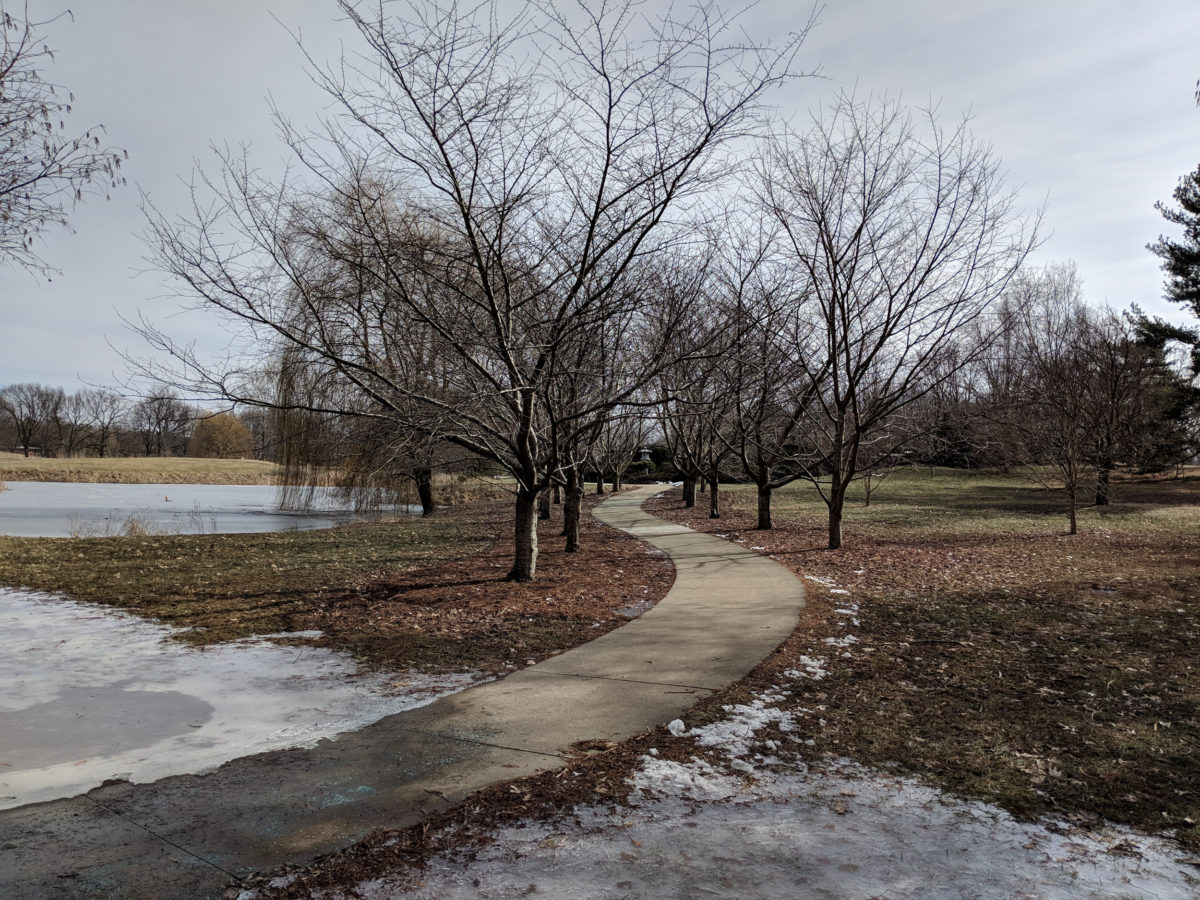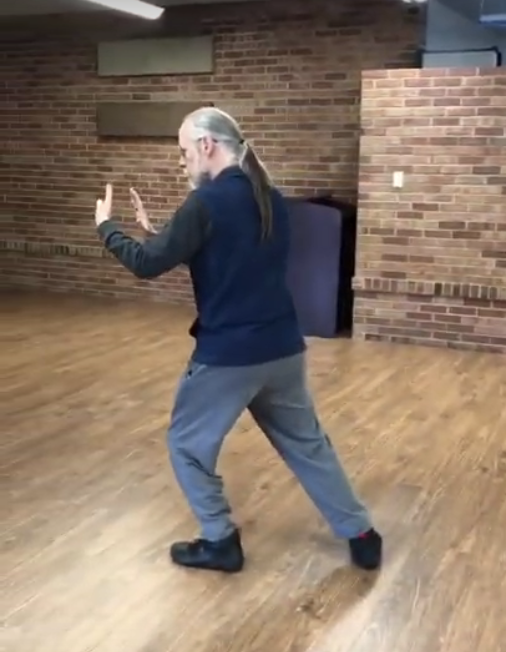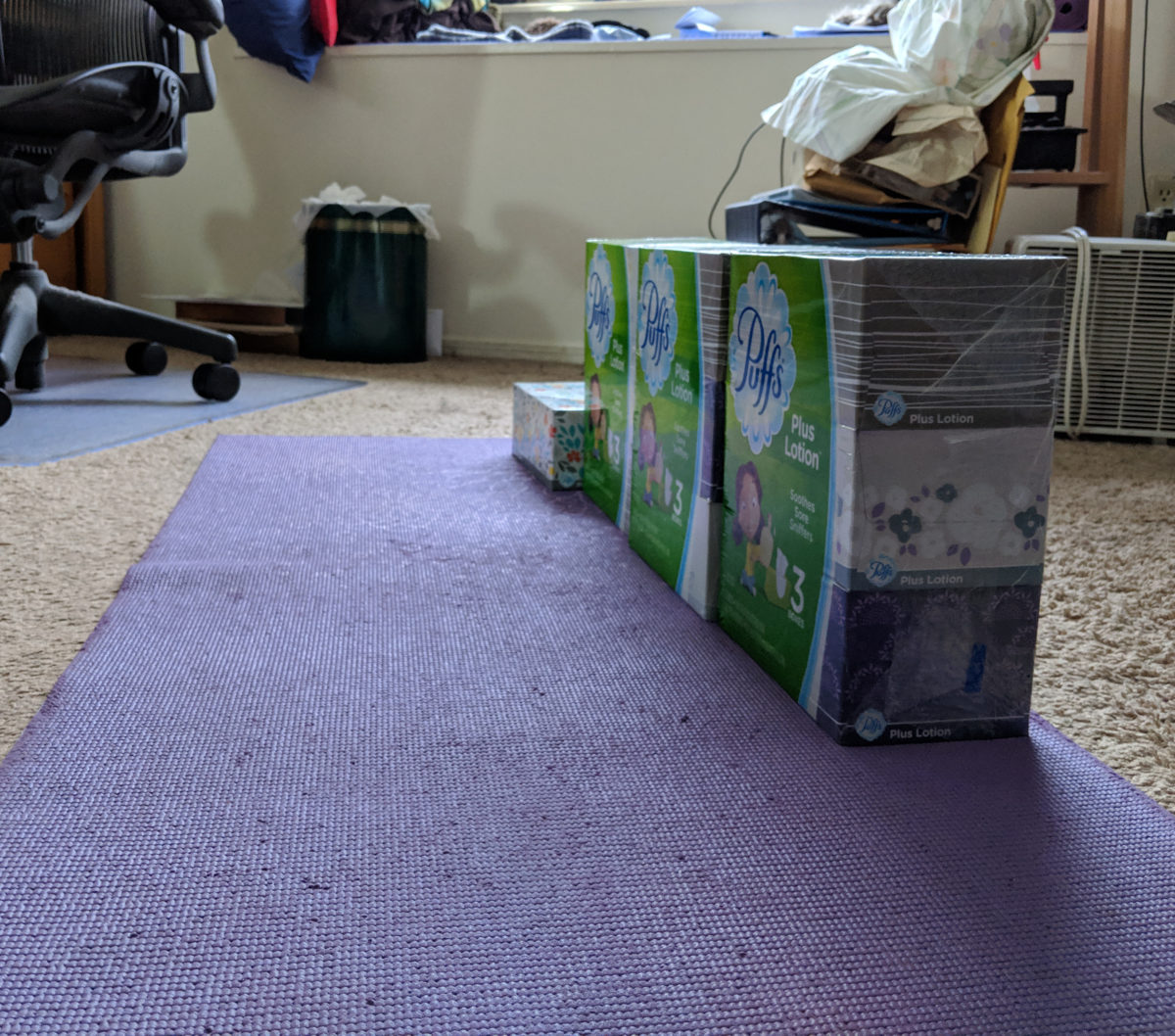I marvel that the 1% is being so indifferent to the large and widening leftward political shift in the U.S. and elsewhere. It seems to me they should have already started telling their politicians, “Give the poor folks 20% of what they want, quick! We need to nip this in the bud!”
Of course, maybe they’re right and I’m wrong.
They got away with globalization, after all. And then they got away with the financial crisis. And so far they’ve gotten away with Trump’s tax cut.
Now, I can understand the first two. Globalization, despite how it crushed many individuals, families, and communities, did make people better off on average. Having the average person end up better off makes a policy supportable at some level. I can see it providing enough political cover for them to get away with it. Who doesn’t like buying cheap crap at WalMart? Nobody but freaks and weirdos like me.
The financial crisis is harder to understand, which I think is due mainly to it being harder to understand. There was a real sense that our whole economy could implode—and it was a real sense because it was actually true. The technocrats managed to save the economy, so they get some credit for that. They did it in a way that crushed homeowners, which is bad. They did it in a way that subverted the rule of law, which is bad. And they did it in a way that crushed a whole generation, which is also bad. But they did save the economy.
But now we’ve got multiple cohorts of people who have already turned against the system. It’s no longer just the freaks and weirdos who care about their local community and the natural systems that support life. It’s no longer just former homeowners whose homes were seized to save the banks. It’s no longer just millennials who graduated into a job market so bad that they’re a decade behind their parents’ generation in things like family formation (and further than that in preparing to retire).
Now it’s basically everybody except the 1% who is being harmed, and they’re being harmed right now, every day.
The Trump tax cut is just a naked grab at wealth by the wealthy. It didn’t help anybody else. Trump’s tariffs aren’t even that—they don’t help anything but Trump’s ego.
I cannot imagine that any amount of voter suppression and gerrymandering—even with the structural anti-democratic features of our constitution—will keep the supermajority of people being harmed by our current system from making some major changes.
If the 1% had any sense they’d have thrown some bones to the people already. I can’t imagine that the smart ones haven’t figured this out already.
Sure, there are plenty of dumb ones who figure that they can build a survival bunker in Alaska or New Zealand and survive the ensuing revolution and climate catastrophe. But are they really all that dumb?
Evidence so far suggests they are.
Or maybe they’re right and I’m wrong.




